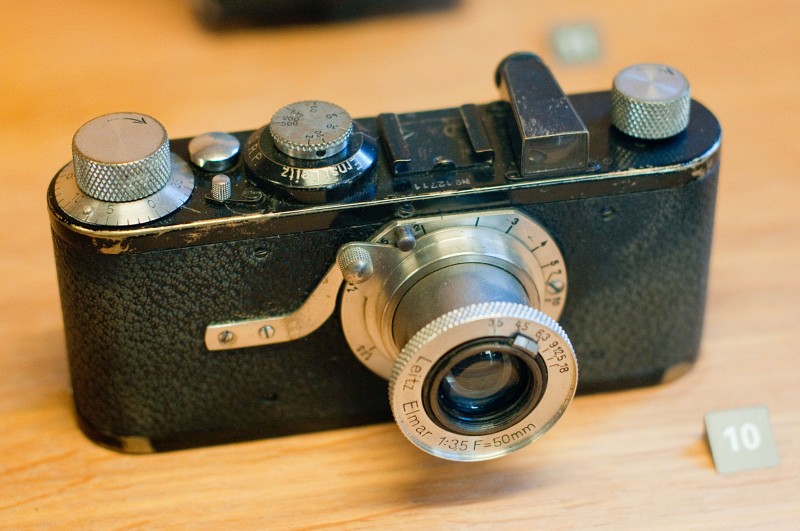The Leica I A
The Leica I A
February 19, 2014

Leica I A (1926)
© Tieum512
When the 1925 Spring Fair in Leipzig came around, everything was in place: the launch of the Leica I A was announced. In Wetzlar it hadn't been an easy decision to make; the message passed down from Ernst Leitz (son) was that, with butterflies in his stomach, he said, “Okay, it's now after midnight. We're stopping. I'm deciding. Let's risk it.”
The first serial-made, small-format camera in the world was now available for 290 Reich Marks, making Oskar Barnack's invention available to anybody. It was delivered with three rolls of Perutz-Leica ASA 4 film.
The first cameras were equipped with a four-lens, 1:3.5/50 mm Anastigmat, which was soon replaced with a five-lens Elmax, with three-element, cemented rear group. The name, based on the contraction of Ernst Leitz and the builder Max Berek, could not be kept however, due to its similarity to another product by Ernemann (!Ermax!).
Consequently, in 1925 still, Berek built the Elmar 1:3.5/50 mm, which, thanks to a new type of glass that was easier to produce, had once again just four lenses. This became Leica's classic, standard lens – no other would be built as frequently over the years to come.
The first serial-made, small-format camera in the world was now available for 290 Reich Marks, making Oskar Barnack's invention available to anybody. It was delivered with three rolls of Perutz-Leica ASA 4 film.
The first cameras were equipped with a four-lens, 1:3.5/50 mm Anastigmat, which was soon replaced with a five-lens Elmax, with three-element, cemented rear group. The name, based on the contraction of Ernst Leitz and the builder Max Berek, could not be kept however, due to its similarity to another product by Ernemann (!Ermax!).
Consequently, in 1925 still, Berek built the Elmar 1:3.5/50 mm, which, thanks to a new type of glass that was easier to produce, had once again just four lenses. This became Leica's classic, standard lens – no other would be built as frequently over the years to come.

Leica I A (1926)
© Tieum512